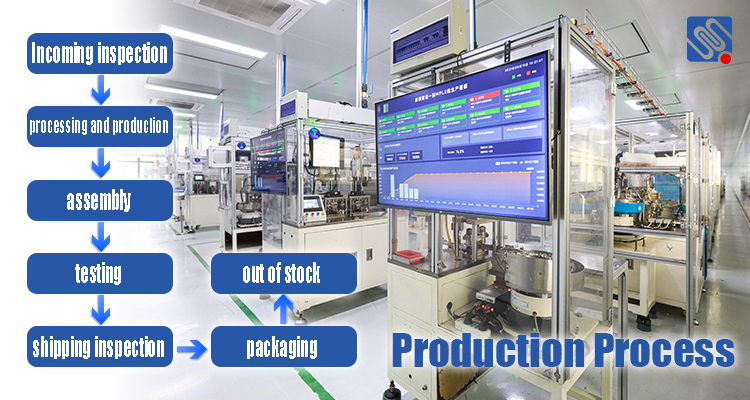Relay production has evolved into a vital concept in modern manufacturing, enhancing efficiency, quality, and collaboration within production systems. The term “relay” is typically associated with the passing of control, coordination, or responsibilities from one entity to another, much like a relay race in athletics. This analogy perfectly captures the essence of relay production, where the production process is divided into various stages, each managed by different teams or machines. In this article, we will explore the concept of relay production, its applications, and how it has revolutionized modern manufacturing processes.

Understanding Relay Production Relay production refers to a manufacturing process in which tasks or stages are passed from one workstation to another in a highly organized sequence. Each station performs a specific function or set of operations, contributing to the final product. Once a stage is completed, the workpiece or product is “handed off” to the next station for further processing. This approach contrasts with traditional manufacturing systems, where each worker or machine is responsible for the entire process, from start to finish. One of the key principles of relay production is specialization. By breaking the production process into distinct tasks, each team or workstation can focus on a particular aspect of production, allowing for expertise and improved productivity. Additionally, this method promotes efficiency, as each workstation can be optimized for a specific task, reducing bottlenecks and minimizing downtime.